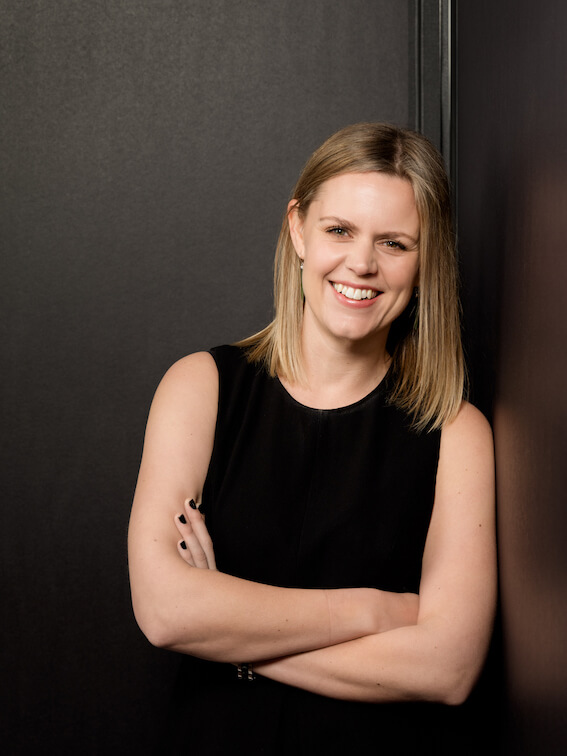Fear Is Like Alcohol
.. because it makes parties more interesting.
JUST KIDDING.Fear is like alcohol because it clouds our judgement.
And when we operate from a place of fear, we are significantly less likely to make smart decisions.
A clever clogs on my LinkedIn commented last week that all Four Enemies of Strategic Focus were based in fear - and I reckon they're onto something.
Fear makes it difficult to make smart decisions. It makes it particularly difficult to push through from the 'safe zone' which maintains the status quo and start to make some genuine organisational, customer and community impact.
Last week was all about overwhelm, and how trying to do too much makes it difficult to stay focused and get great results.
Why are we so afraid to take risks, and what are the negative consequences of playing it safe?
We talk a lot about risk these days - risk management, risk mitigation, risk evaluation. Strategic risks. Risk minimization. Health and safety risks.
Risk is a funny old concept. It's inherently perjorative - I feel uncomfortable just looking at the word.
IT FEELS RISKY
But here's the thing. Risk is healthy, important and critical to smart, innovative decisions. Eliminating risk means eliminating uncertainty - and that's highly unlikely, unless we refuse to do anythin that we aren't 100% confident in.
Which, as far as I'm concerned, is a boring and crap way to live life, run organisations or make investment and policy decisions.
RISK IS SCARY
People are intuitively poor at calculating risk.
According to my main man Daniel Kahenman, there are two opposing biases that stuff us up when we intuit risk values:
1. Optimism bias - when we're feeling good about things, we wildly overestimate the probability that we will be successful, despite the odds. (The Saturday night Lotto effect.)
2. Loss aversion - we go to great lengths to avoid risks that are highly unlikely because they're scary. Because we value things we might lose twice as highly as things we might gain, our maths is off at the outset.
In the public sector, we have a few other things that add to this - particularly the fear of scrutiny. As Daniel Kahneman himself writes
"Because adherence to standard operating procedures is difficult to second-guess, decision makers who expect to have their decisions scrutinized with hindsight are driven to bureaucratic solutions - and to an extreme reluctance to take risks." - Thinking, Fast and Slow
At the risk of being punny, risk-aversion creates a serious risk.
(Sorry, I'll stop....)
Being aware of risk is critical, and helps us avoid doing stupid stuff. Unfortunately, when fear enters the mix, and we are more worried about making mistakes or covering our own backsides, decision quality stagnates at best.
What we consider to be 'safe' behaviour is usually little more than a bias toward the status quo (or fear of change). And the hidden risk in the status quo can be deceptive, and often higher than the risk of moving toward change.
GETTING OUT OF THE SAFE ZONE
Making decisions with risk in mind doesn't mean avoiding risk - it means being aware of the risk, ensuring the level of risk aligns with our appetite and priorities, and being intentional about controlling and managing the risk moving forward.
Awareness
Using good data to make smart choices about the risk profile of different options is the only way to put our naughty, biased intuition out of the picture. Staying on top of information about ourselves, our organisation, our community and the world around enables decisions based on fact, not fear.
Alignment
Your risk appetite should suit your strategic priorities, not the other way around. It's impossible to understand what we are willing to risk, if we don't have a clear understanding of what we are aiming for in the first place.
My favourite definition of risk encapsulates this beautifully, and goes something like: "Uncertainty about events that have the potential to impact the achievement of objectives."
Through this lens, we only consider the importance of risk relevant to our objectives.
Intention
Our brain is wired to detect threats - and if our organisational context and environment frames change as a threat, that's how we're going to respond.
Intentional, considered decisions about options and risks (even the hidden, status-quo, cheeky ones) make smart decisions significantly more likely, because we are able to plan for, mitigate and monitor risk as things change. (And they will, like it or not!)
How to take calculated risks
For beginners
-
Ask your team questions like:
-
"What is the actual likelihood of this risk? Is there data to support that?"
-
"What is the risk of failing to take action?"
-
For high achievers
-
Use a consistent framework for evaluating risk for critical decisions
-
Run pre-mortems to create innovative and targeted mitigation strategies
-
Foster an organisational culture that supports and encourages calculated risk-taking.
 Alicia McKay
Alicia McKay